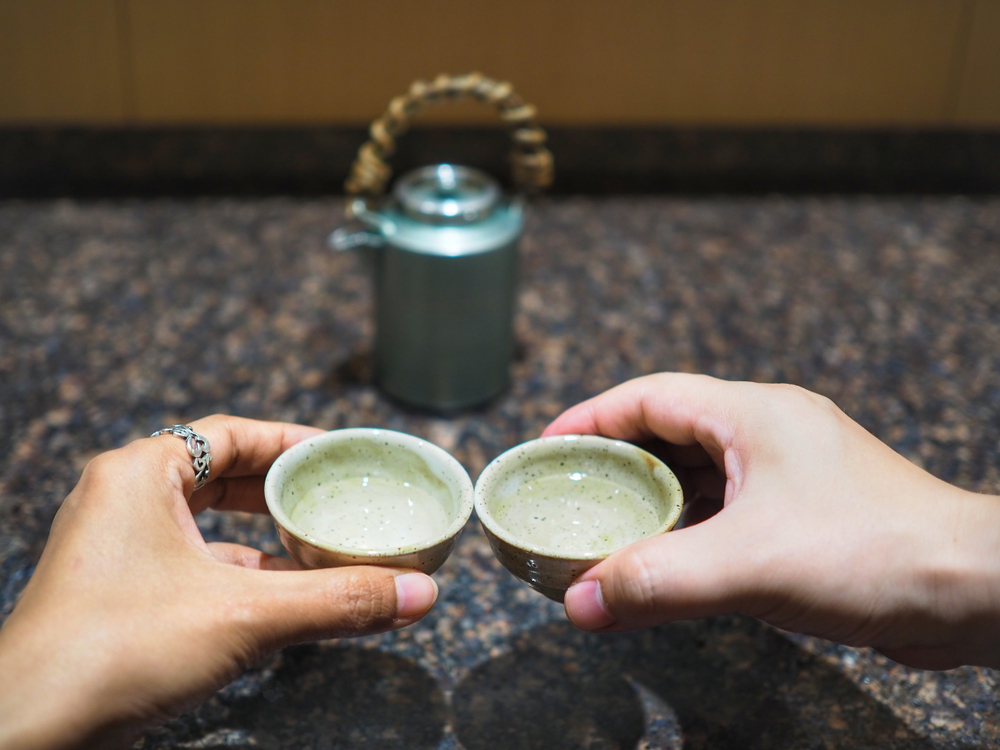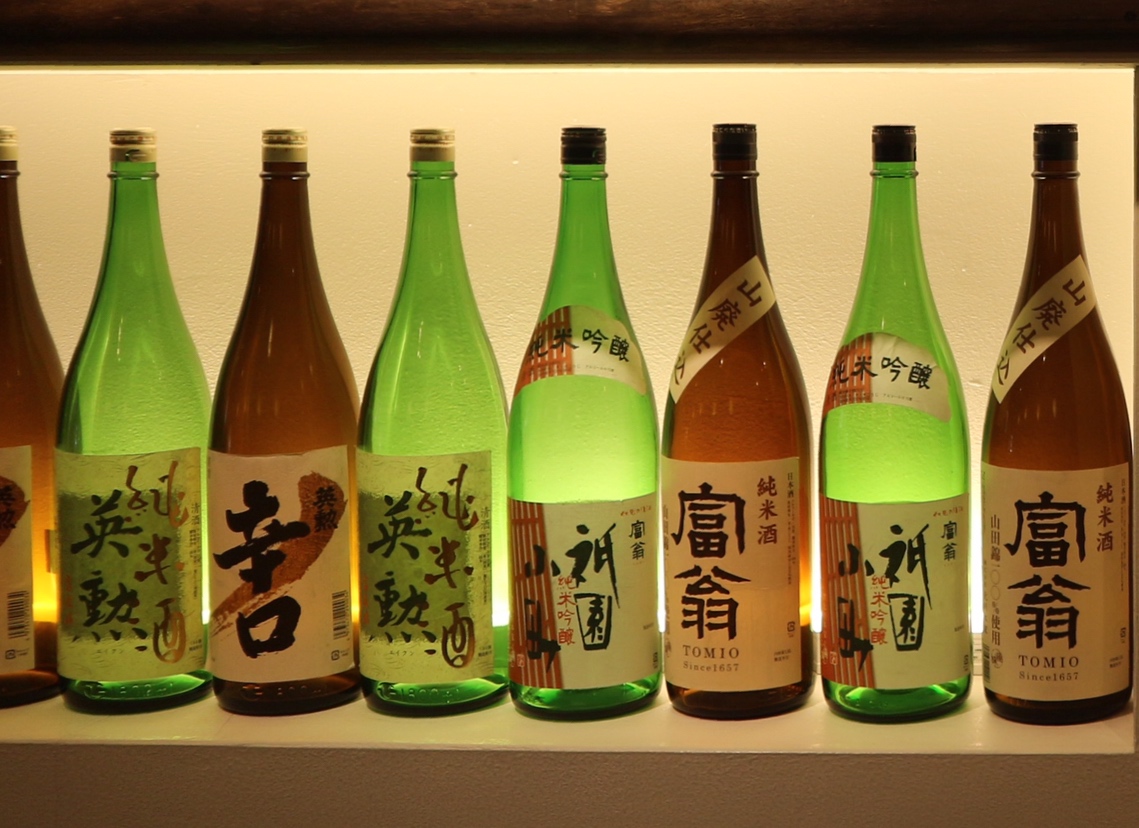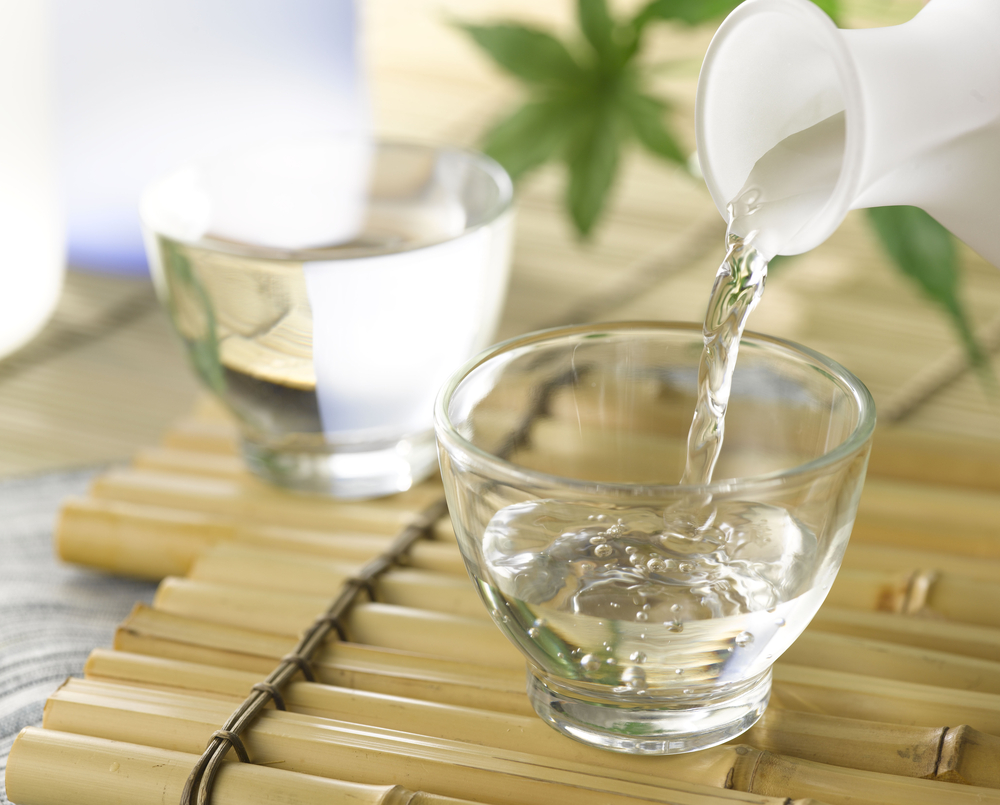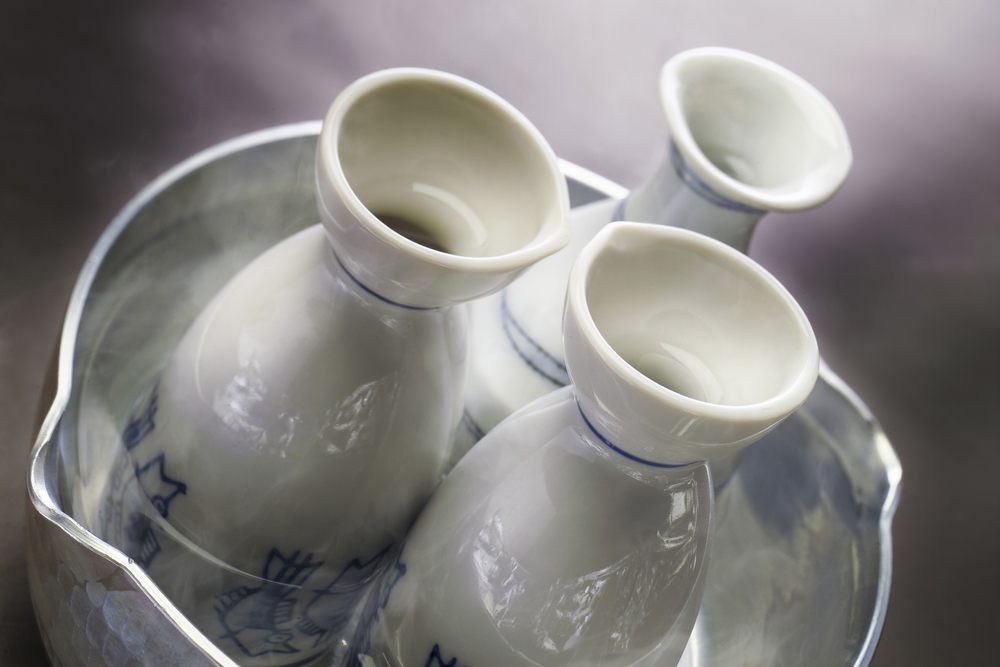I want to try sake from Kyoto! An introduction to drinking sake in Kyoto
Enjoy your evening in Kyoto with sake

One of the great pleasures of evenings during your travels is trying local alcohol.
Kyoto is blessed with a supply of water that is suitable for making sake and is famous for its sake breweries.
How about trying a cup of rare sake to slowly sip as an accompaniment to a meal of unique local cuisine?
Please bear in mind that the legal drinking age in Japan is 20 years old.
Try some Kyoto sake

Sake from Kyoto, a city which strongly observes tradition, is dainty and refined and is described as being fragrant and having a mellow taste.
The strong point of Kyoto sake is its flavor which not only sake fans but also newcomers to sake find easy to drink.
While being easy to drink is a good thing, it also means that it is easy to overdo it and have a little too much. To make sure you do not have too much sake and to reduce the strain on your body, we recommend having water to sip as you enjoy your sake.
The different sake flavors

There are two main flavor palettes for sake: "karakuchi" (dry), refreshing sake made from water high in minerals, and "amakuchi" (sweet), soft and smooth sake with a rich aroma.
Everyone has their own preference when it comes to sake, and flavor palette can be a useful indicator to help you to choose a bottle which you will like.
Also, testing and choosing sake that goes perfectly with your meal adds a whole new layer of ways to enjoy sake.
Crisp and refreshing chilled sake ("reishu")

Chilled sake is known collectively as "reishu", but the specific temperature each sake is chilled to varies depending on its characteristics.
Slightly chill sake with a crisp aroma, such as Daiginjo sake, to make the taste more refreshing; strongly chill youthful and fresh sake, such as pure sake, to bring out its distinctive flavors.
Aged sake is said to be good served at room temperature.
Aromatic and tasty warm sake

Flavors contained in the sake are released by heating it up.
Because the umami components contained in sake, such as lactic acid, succinic acid, and amino acids, are easier to taste when it is warm, heated sake becomes even more delicious.
Sake can be enjoyed in a wide range of ways, and you can experience a variety of flavors by changing the drinking temperature. You might find yourself getting hooked on the deep and appealing world of sake.